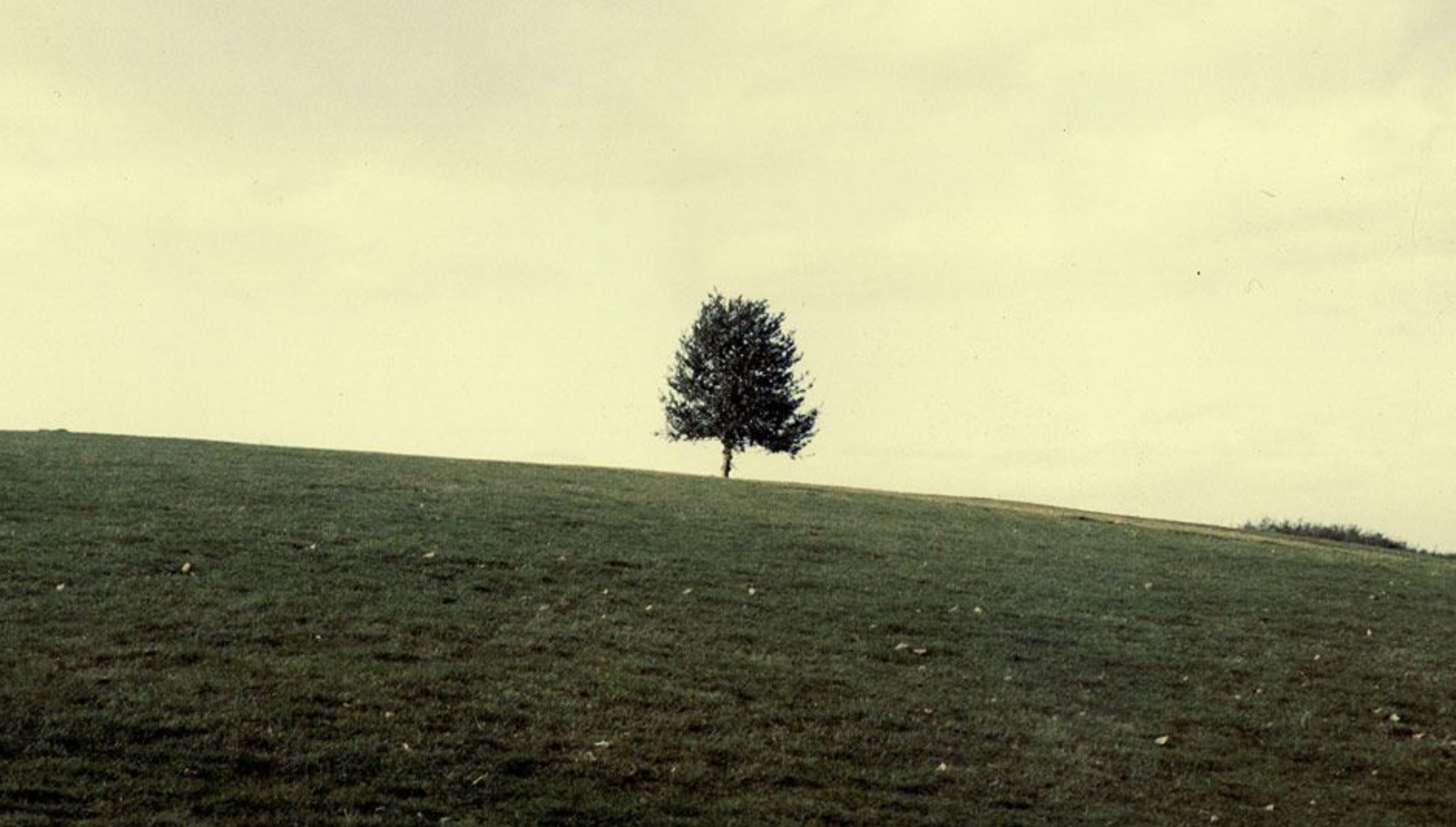The Age of Six feet under (2)
In today's New York Times, Joan Didion describes her shock and grief at the sudden death of her husband John Gregory Dunne. It is a very moving article about pain, loss and the ways in which the death of a loved one bring memories and feelings to the surface that are often buried and sometimes inaccessible until the shock of death rears its head. In an age (zeitgeist) which as a friend of mine recently said, pathologizes everything that is related to the body, health and death, Didion's piece brings personal confession, the confessional into the foreground. As she explores the confusion, the sheer magnitude of death and the finality of everything that surrounds it, Didion tries to bring the craft of writing forcefully into play while also recognizing that nothing she says will fully explain the complexities of what she is going through. At one point, she mentions a strong urge to make a film, to create images as a way of explaining what is happening to her.
Most of the plots of Six Feet Under centred on confessions of guilt, pain, incomprehension and of course, death. The personal became public — emotions otherwise hidden away in the private worlds that we all inhabit were brought to the surface. This confessional mode is audience-centric. Confessions reveal that which is normally hidden. But confessions are only possible if someone is listening. Didion's piece is as much for us as it is for her husband. We are the transitional listeners who allow her to regain some control over the loss. In a fictional TV show the dead can be brought to life and can listen and react to their loved ones. It is that fiction which is at the heart of all confessions, because they are ultimately for the living, for the living who still have memories.

